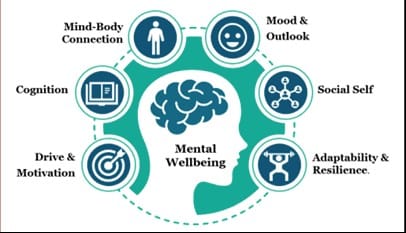 Image Source: Business Today
Image Source: Business Today
A startling revelation from government data has reignited concerns over the adequacy of India’s social security framework. As of March 31, 2025, nearly half of all retirees under the Employees’ Pension Scheme, 1995 (EPS-95) receive monthly pensions below ₹1,500—a figure that falls far short of meeting basic living expenses in today’s economic climate. The data, presented before Parliament and reported by multiple outlets, paints a sobering picture of financial insecurity among India’s aging workforce.
Key Highlights
4.915 million pensioners under EPS-95 earn less than ₹1,500 per month
96 percent of EPS-95 beneficiaries receive pensions below ₹4,000
Only 0.65 percent of pensioners draw more than ₹6,000 monthly
The minimum pension under EPS-95 remains ₹1,000, unchanged for years
Total pension disbursals under EPS-95 rose to ₹23,028 crore in FY 2023–24
Pensioner Statistics at a Glance
The Employees’ Provident Fund Organisation (EPFO), which administers EPS-95, reported that 8.15 million pensioners were enrolled under the scheme as of March 2025. The breakdown reveals:
4.915 million retirees (over 50 percent) earn less than ₹1,500 monthly
7.87 million (96 percent) receive below ₹4,000
8.09 million (99 percent) draw less than ₹6,000
Only 53,541 pensioners earn more than ₹6,000 per month
These figures underscore the limited financial support available to the vast majority of retired workers, many of whom contributed to the formal economy for decades.
Rising Costs, Stagnant Pensions
The inadequacy of EPS-95 pensions is magnified by rising inflation and the escalating cost of essential goods and services. With urban living expenses, healthcare costs, and food prices climbing steadily, a pension of ₹1,000–₹1,500 offers little more than symbolic relief.
Trade unions and pensioner associations have long demanded a revision of the minimum pension to ₹9,000 per month
A 17-point charter submitted to the Labour Ministry includes pension reform as a top priority
Advocates argue that improving pension adequacy is essential for social stability and economic dignity
Despite repeated appeals, the government has yet to announce a concrete plan to revise the pension structure under EPS-95.
EPFO’s Financial Position
While pension payouts remain modest, EPFO’s financial health has shown improvement:
Interest income grew to ₹58,669 crore in FY 2023–24, up from ₹52,171 crore the previous year
Other income, including penal damages and interest, rose to ₹864 crore from ₹564 crore
Funds in inoperative accounts stood at ₹10,898 crore as of March 2025
This widening gap between EPFO’s income and pension disbursals has sparked debate over whether the system is truly serving its intended beneficiaries.
Policy Outlook and Reform Pressure
The pension crisis has reached a tipping point, with mounting pressure on policymakers to act:
Members of Parliament have raised questions about the feasibility of increasing the minimum pension
The government has cited actuarial deficits and fund sustainability as constraints
However, critics argue that unclaimed funds and rising EPFO income offer room for targeted reforms
The upcoming festive season and budget cycle may provide an opportunity for the government to address pension adequacy, especially as public sentiment grows more vocal.
Conclusion
The EPS-95 pension crisis is not just a financial issue—it is a question of dignity, equity, and the social contract between the state and its citizens. With over 4.9 million retirees surviving on less than ₹1,500 a month, the urgency for reform is undeniable. Whether through legislative action, budgetary allocation, or structural overhaul, India’s pension system must evolve to meet the needs of its aging population.
Sources: MSN India, Business Today
Advertisement
Advertisement





